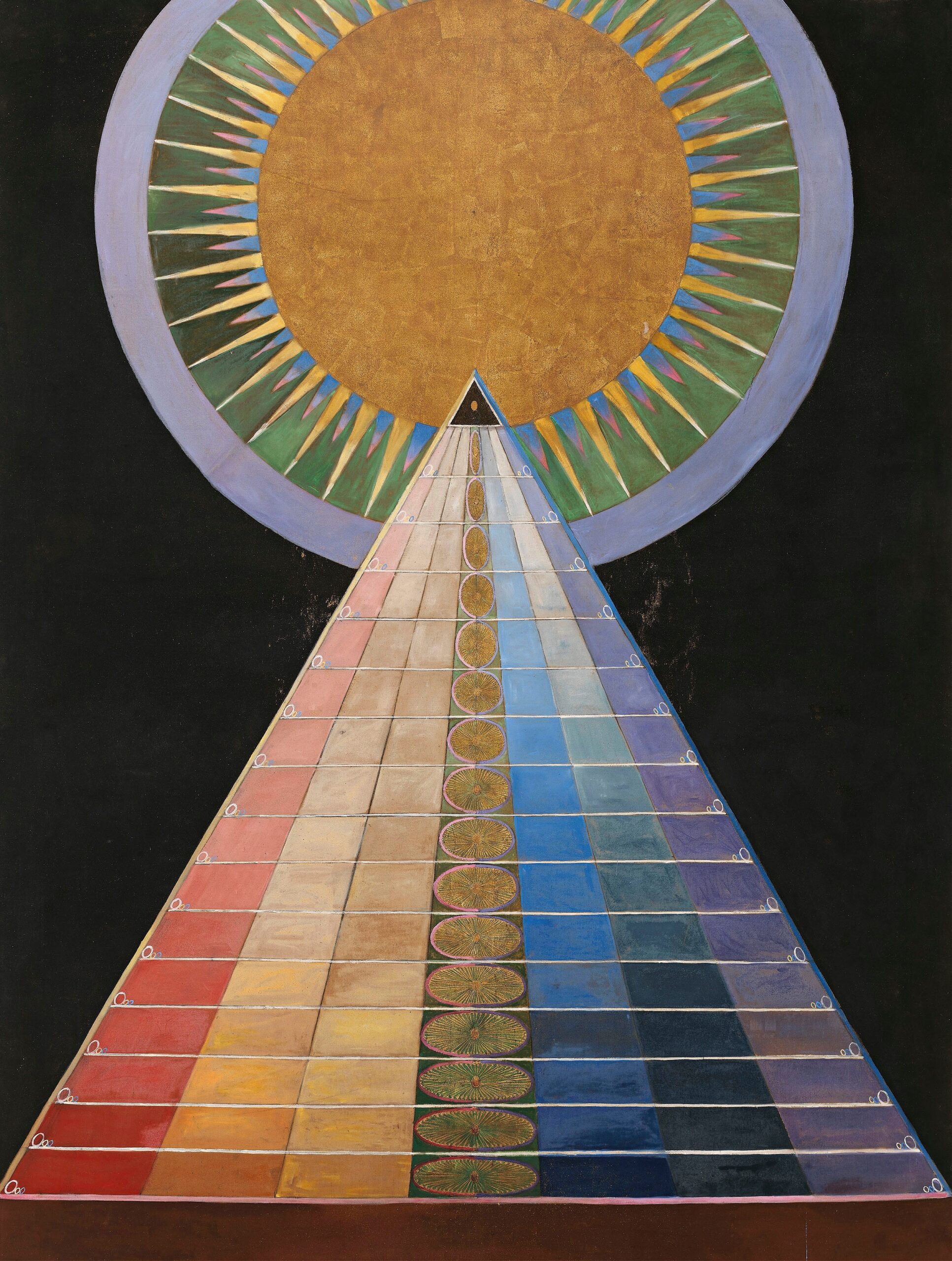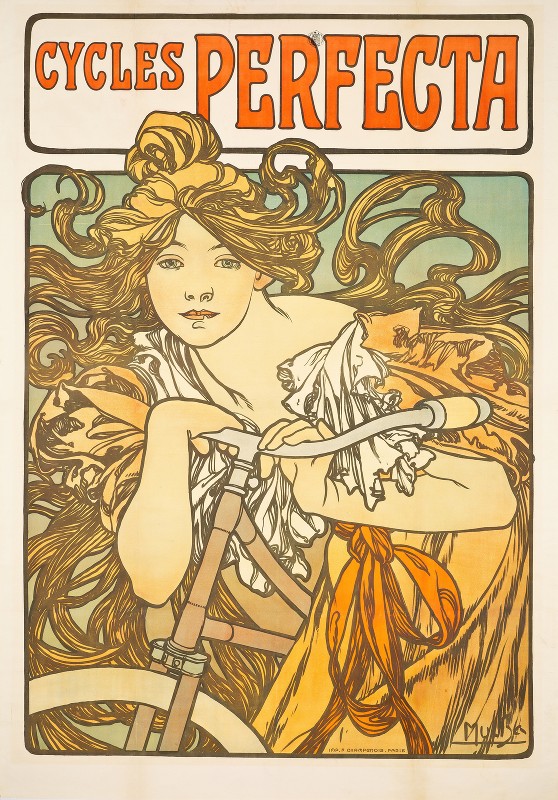[Most Recent Entries] [Calendar View]
Wednesday, June 16th, 2021
- The diverse meanings of ‘punk’, its roots and its effects on British culture.
- The originators and defining events that led to punk’s spread across the UK and beyond.
- The music: how the Sex Pistols opened the way for a wide range of sounds and bands.
- Why fanzines became the perfect medium for punk.
- Punk’s influence on publishing, fashion, art and design.
- Punk’s impact on issues of gender, class, race, sexuality and protest.
- Punk’s legacy and continuing influence on society.
| Time | Event |
| 5:46a | A History of Punk from 1976-78: A Free Online Course from the University of Reading From Matthew Worley, professor of modern history at the University of Reading, comes the free online course Anarchy in the UK: A History of Punk from 1976-78. (Worley is also the author of the book, No Future: Punk, Politics and British Youth Culture.) The course covers the following ground:
Among other things, the course will cover: Anarchy in the UK: A History of Punk from 1976-78 can be taken for free on the FutureLearn platform. The course will be added to our list: 1,700 Free Online Courses from Top Universities. Related Content: The Sex Pistols’ 1976 Manchester “Gig That Changed the World,” and the Day the Punk Era Began A History of Punk from 1976-78: A Free Online Course from the University of Reading is a post from: Open Culture. Follow us on Facebook and Twitter, or get our Daily Email. And don't miss our big collections of Free Online Courses, Free Online Movies, Free eBooks, Free Audio Books, Free Foreign Language Lessons, and MOOCs. |
| 2:00p | Watch Franz Liszt’s “Un Sospiro” Played with the Mesmerizing “Three-Hand Technique” “Piano education is important for teaching polyphony, improving sight-reading, consolidating the knowledge of harmony and gaining much more musical abilities,” write Turkish researchers in the behavioral sciences journal Procedia. The student of the piano can advance solo or with another player in duets, playing what are called “four-hand pieces.” But learning “to gain the attitudes of duet playing” poses a challenge. Researchers Izzet Yucetoker and Koksal Apaydinli suggest a possible intervention — overcoming the difficulties of playing four-hand pieces by learning to play what are called “three-hand pieces.” How, you might wonder, does one play the piano with three hands? It does not take an extra limb or a partner with one hand tied behind their back. Three-hand technique is a dextrous sleight-of-hand developed in the 1830s, most prominently by pianist Sigismond Thalberg, a rival of Franz Liszt who could “apparently not only counter Liszt’s legendary fire and thunder with subtlety,” Bryce Morrison writes at Gramophone, “but who played as if with three hands. Three hands were heard, two were visible!” Might this somehow be easier than playing duets? One contemporary reviewer of Thalberg’s playing described it as “myriads of notes sounding from one extremity of the instrument to the other without disturbing the subject, in which the three distinct features of this combination are clearly brought out by his exquisite touch.” The Polish pianist and student of Liszt Moriz Rosenthal claimed Thalberg adopted the technique from the harp. “Such legerdemain quickly had novelty-conscious Paris by the ears,” Morrison writes, “and an elegant white kid-glove rather than than a mere gauntlet was thrown down before Liszt.” Liszt would have none of it, deriding three-hand technique as a trick unfit for his virtuosity. Nonetheless, “in 1837, Liszt, arguably the most charismatic virtuoso of all time, was challenged for supremacy by Sigismond Thalberg…. Stung and infuriated by what he saw as Thalberg’s aristocratic pretensions… Liszt replied with corruscating scorn.” He agreed to meet Thalberg, not in a duet but a duel, at “the home of Countess Cristina Belgiojoso — lover of Lafayette, Heine and Liszt,” notes Georg Prodota at Interlude. The Countess “gave a charity event for the refugees of the Italian war of independence, and the contemporary press compared the concert to the battle between Rome and Carthage.” Countess Belgiojoso herself (as did the press) pronounced the outcome a draw:
History was not so kind. Liszt is now celebrated as “the most charismatic virtuoso of all time,” while Thalberg is hardly remembered. And some of the most celebrated examples of pieces played with three-hand technique come not from Thalberg but from Liszt, such as “Un Sospiro” (“A Sigh”), the last of his Three Concert Études, composed between 1845 and 1849, not only as performance pieces, but — as it so happens — for the general improvement of a pianist’s technique. Hear pianist Paul Barton play three versions of “Un Sospiro” above and download the sheet music for the piece here. Related Content: The Piano Played with 16 Increasing Levels of Complexity: From Easy to Very Complex Acclaimed Japanese Jazz Pianist Y?suke Yamashita Plays a Burning Piano on the Beach Josh Jones is a writer and musician based in Durham, NC. Follow him at @jdmagness Watch Franz Liszt’s “Un Sospiro” Played with the Mesmerizing “Three-Hand Technique” is a post from: Open Culture. Follow us on Facebook and Twitter, or get our Daily Email. And don't miss our big collections of Free Online Courses, Free Online Movies, Free eBooks, Free Audio Books, Free Foreign Language Lessons, and MOOCs. |
| 7:00p | Download Great Works of Art from 40+ Museums Worldwide: Explore Artvee, the New Art Search Engine
Dilbert creator Scott Adams once wrote of his early experiences introducing the World Wide Web to others. “In 1993, there were only a handful of Web sites you could access, such as the Smithsonian’s exhibit of gems. Those pages were slow to load and crashed as often as they worked.” But those who witnessed this technology in action would invariably “get out of their chairs their eyes like saucers, and they would approach the keyboard. They had to touch it themselves. There was something about the internet that was like catnip.” In the intervening decades, the technology powering the internet has only improved, and we’ve all felt how greatly that catnip-like effect has intensified. And the Smithsonian, as we’ve featured here on Open Culture, is still there — now with much more online than gems.
Today, the Smithsonian’s impressive online collections are accessible through Artvee, a new search engine for downloadable high-resolution, public domain artworks. So are the collections of more than 40 other international institutions, from the New York Public Library and the Art Institute of Chicago to the Rijksmuseum and Paris Musées, many of which had little or no online presence back in the early 1990s. In recent years, they’ve gotten quite serious indeed about digitizing their holdings and making those digitizations freely available to the world, uploading them by the thousand, even by the million. With so many artworks and artifacts already up, and surely much more to come, the question becomes how best to navigate not just one of these collections, but all of them.
Artvee constitutes one answer to this question. Using its search engine, writes Denise Tempone at Domestika, “you can filter categories such as abstract art, landscape, mythology, drawings, illustrations, botany, fashion, figurative art, religion, animal, desserts, history, Japanese art, and still life. The site also gives you the option to search by artist. You will find works by Rembrandt van Rijn, Claude Monet, Raphael, and Sandro Botticelli in this amazing gallery.” Other collections, created by Artvee itself as well as by its users, include “illustrations from fairy tales; covers of popular American songs; and some even more peculiar ones, such as adverts selling bicycles that are over a hundred years old.”
The variety of artists browsable on Artvee also includes Alphonse Mucha, Edvard Munch, and Hilma af Kint; other collections offer the wonders of political illustrations, book promo posters, and NASA’s visions of the future. All of the items within, it bears repeating, are in the public domain or distributed under a Creative Commons license, meaning you can use them not just as sources of inspiration but as ingredients in your own work as well, a possibility few us could have imagined at the dawn of the Web. Back then, you’ll recall, we all used a variety of different tools and portals to navigate the internet, according to personal preference. The emerging field of art search engines, which includes not just Artvee but other options like Museo, may remind us of those days — and how far the internet has come since. Related Content: A Search Engine for Finding Free, Public Domain Images from World-Class Museums Visit 2+ Million Free Works of Art from 20 World-Class Museums Free Online The Smithsonian Puts 2.8 Million High-Res Images Online and Into the Public Domain 14 Paris Museums Put 300,000 Works of Art Online: Download Classics by Monet, Cézanne & More Creative Commons Officially Launches a Search Engine That Indexes 300+ Million Public Domain Images Flim: a New AI-Powered Movie-Screenshot Search Engine Based in Seoul, Colin Marshall writes and broadcasts on cities, language, and culture. His projects include the Substack newsletter Books on Cities, the book The Stateless City: a Walk through 21st-Century Los Angeles and the video series The City in Cinema. Follow him on Twitter at @colinmarshall or on Facebook. Download Great Works of Art from 40+ Museums Worldwide: Explore Artvee, the New Art Search Engine is a post from: Open Culture. Follow us on Facebook and Twitter, or get our Daily Email. And don't miss our big collections of Free Online Courses, Free Online Movies, Free eBooks, Free Audio Books, Free Foreign Language Lessons, and MOOCs. |
| << Previous Day |
2021/06/16 [Calendar] |
Next Day >> |







